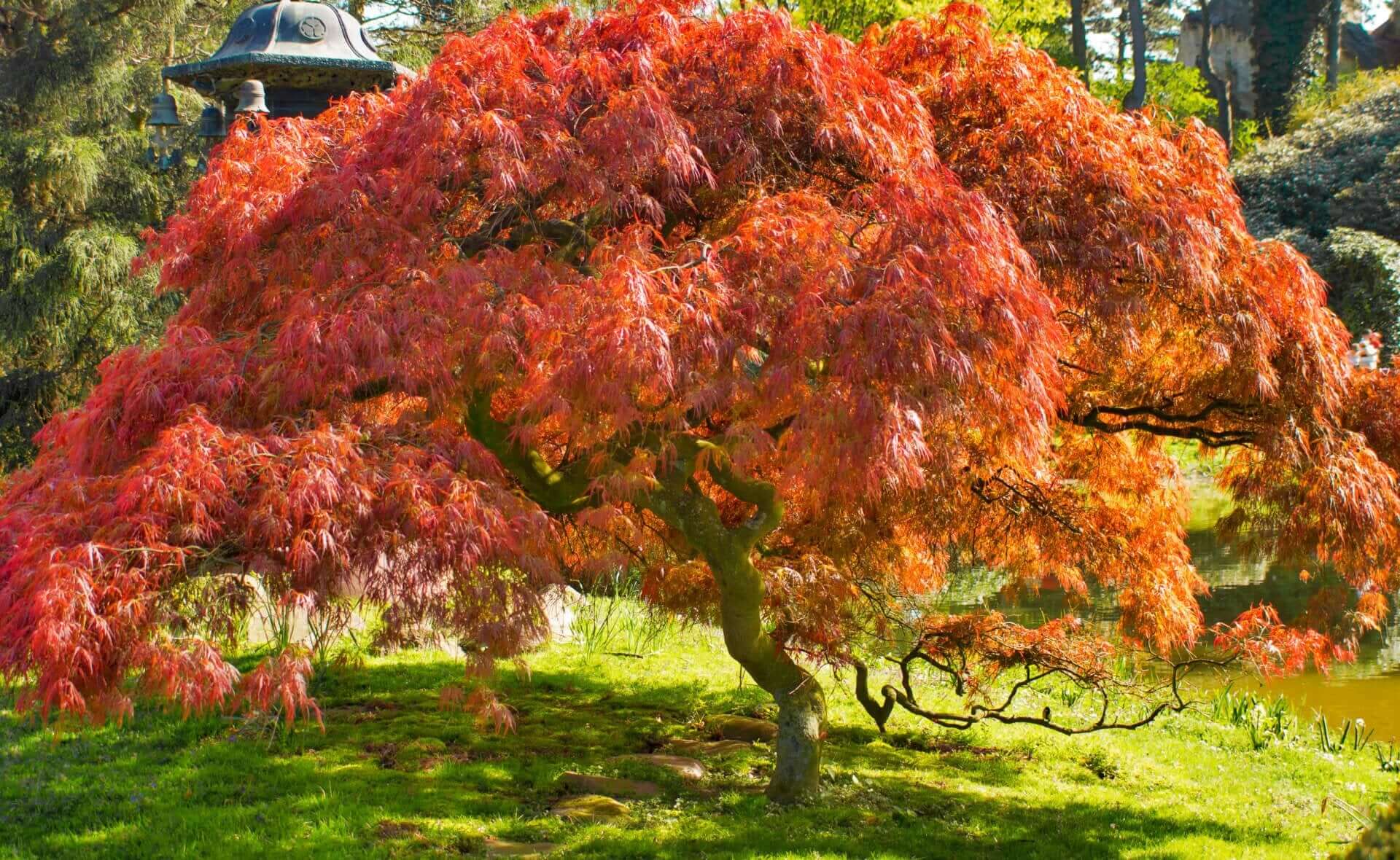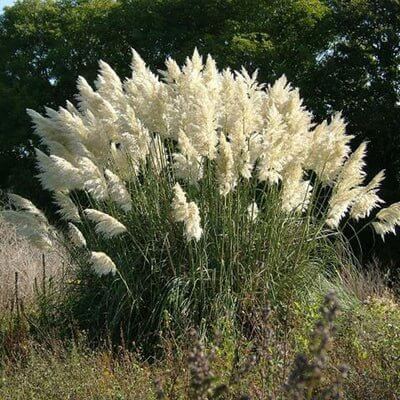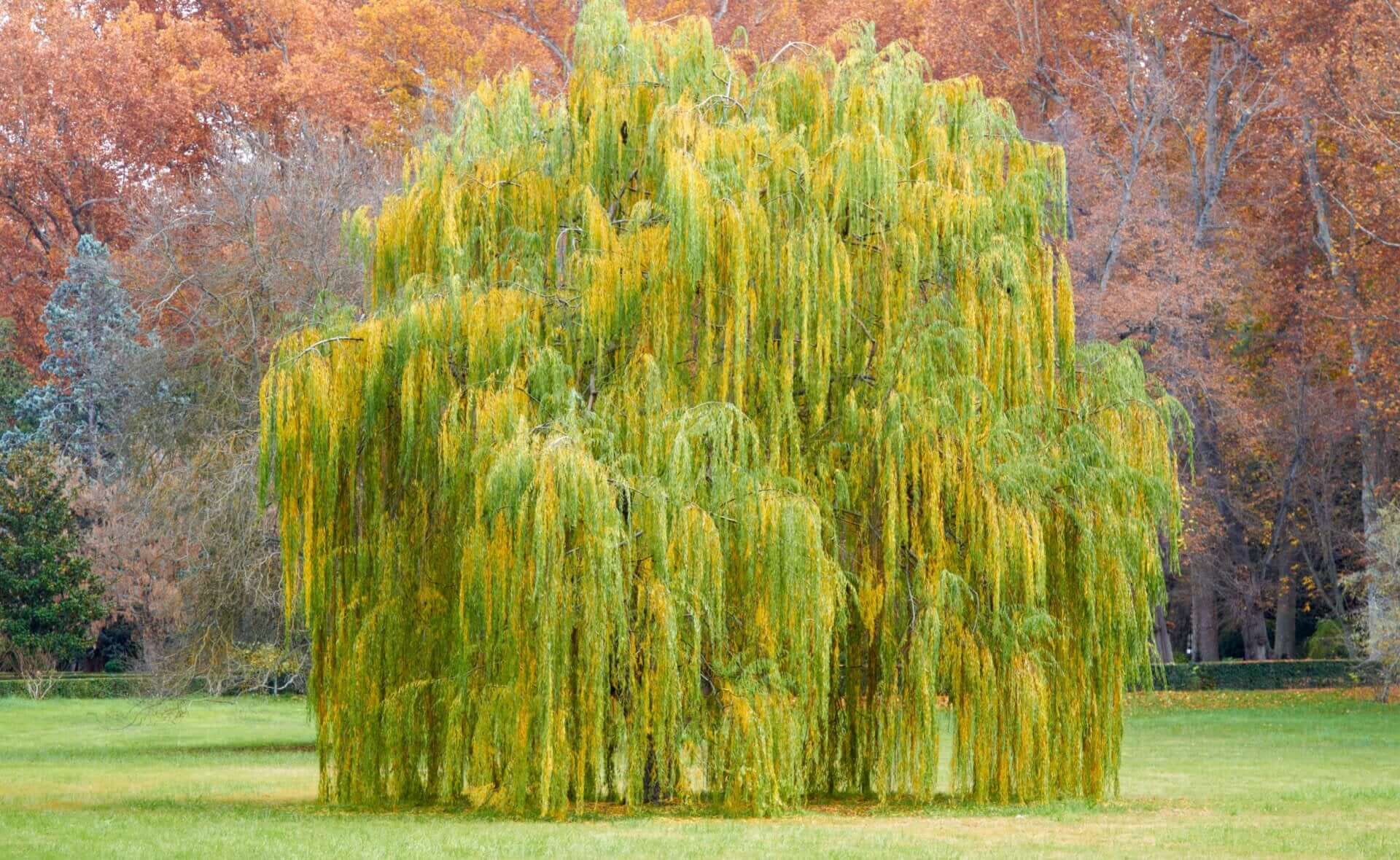Among all trees, the Weeping Willow serves as an emblem of elegance combined with sadness. The tree's unique appearance of sweeping ground-level branches has made it a beloved choice for both hearts and gardens. While the name suggests sadness through poetry, this tree actually demonstrates strength with its quick growth and ability to adapt. Raindrops falling along the Weeping Willow's slender leaves produce a shimmering effect that resembles tears running down a face, which inspired its name. The visual metaphor associating the tree with tears has generated numerous folktales and legends that portray the tree as cynical. The weeping willow stands out for its unique and suggestive appearance which makes it a favored option for ornamental planting and landscape design.
Weeping Willow Trees Rapid Growth
The trees impress with their quick growth rate which stands out as one of their key characteristics. In their first years of growth these trees demonstrate incredible speed as they climb between 3 to 4 feet in height every year. Their robust root structure together with exceptional water absorption capabilities from the soil helps create this significant growth rate. The ability of these trees to reach substantial heights rapidly makes them a popular choice for creating fast shade and privacy in gardens and landscapes. The fully mature trees present a breathtaking view. The trees achieve heights between 30 and 50 feet and develop a beautiful weeping canopy that expands to the same width. The long branches hang down to form a flowing green curtain which reaches the ground and bestows these trees with an elegant and timeless look. The mature structure of the weeping willow embodies its stunning beauty.
The trees need particular sunlight and soil conditions to achieve their full potential and thrive. Sunlight exposure enables these trees to generate their characteristic lush foliage and swift growth. Weeping willows reach their best growth potential in slightly acidic clay or sandy soil conditions. Weeping willows grow well in various soil types but require soil that drains properly to thrive. Roots stay healthy because well-draining soil prevents them from becoming waterlogged and sick. Although weeping willows need enough water they become unhealthy when exposed to standing water.
Weeping Willow Trees Root System
Though weeping willow trees grow quickly and possess remarkable beauty they possess potential negative aspects. Their extensive root system serves as a benefit for growth and stability but becomes invasive without proper management. The roots of these trees search for moisture sources such as water pipes and sewer lines. Planting weeping willows far from your home and underground utilities helps prevent potential damage from their invasive root systems.
Weeping Willow Trees Cultural Appeal
Weeping Willows present aesthetic beauty while holding deep historical and cultural meanings. During different historical periods and across multiple cultures they have represented diverse concepts and feelings. According to ancient Chinese folklore the Willow represents ghosts and spirits yet European culture links it to sadness or mourning which is reflected in its name. Shakespeare included the willow tree in "Othello" through Desdemona's sorrowful song about the "Weeping Willow" which signifies her forthcoming death. Trees hold symbolic meanings but they also provide practical benefits. Throughout history people have utilized their flexible branches to weave baskets and construct furniture. Traditional medicine has used the bark because of its suggested medicinal benefits. These trees enhance landscapes with shade and privacy while creating habitats for different wildlife species such as birds and insects.
Caring for the trees is relatively straightforward. Pruning should occur regularly to keep their shape and stop branches from growing excessively heavy. Tree pruning must occur during late winter or early spring while the tree remains dormant to prevent disruption of its natural growth cycle. The proper supply of water and nutrients during the growing season boosts tree health and vitality. Certain pests and diseases can make the trees vulnerable. The most typical problems affecting these trees are aphids, spider mites and fungal diseases including powdery mildew and cankers. The preservation of your weeping willow's aesthetic appeal requires regular inspections combined with immediate treatment to manage potential problems.
Through their enchanting appearance and adaptability Weeping Willow trees demonstrate nature's ability to create both beauty and resilience. The name of these trees reflects their visual charm which stems from raindrops trailing down their leaves as if they were tears. Their fast growth rate together with sunlight preference and unique appearance has helped these trees become popular features in landscapes around the world. Planting weeping willows requires careful attention while considering their invasive root system and ensuring they receive proper maintenance and care. Their graceful elegance will enchant us for generations to come in exchange for our care.
Read more

The magnetism of these trees draws both expert gardeners and beginner enthusiasts to explore the creative possibilities of their outdoor garden landscapes.

Pampas grass stands out due to its visual appeal and has gained significant popularity for landscaping and garden design. This plant's high plumes and sleek appearance deliver dynamic texture and m...


